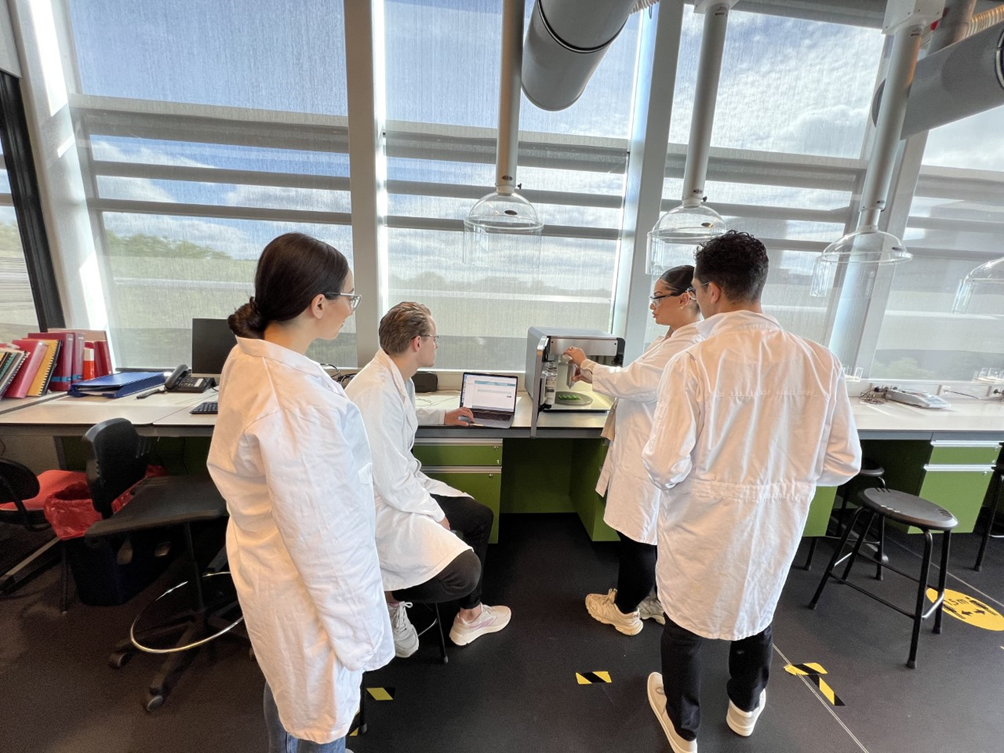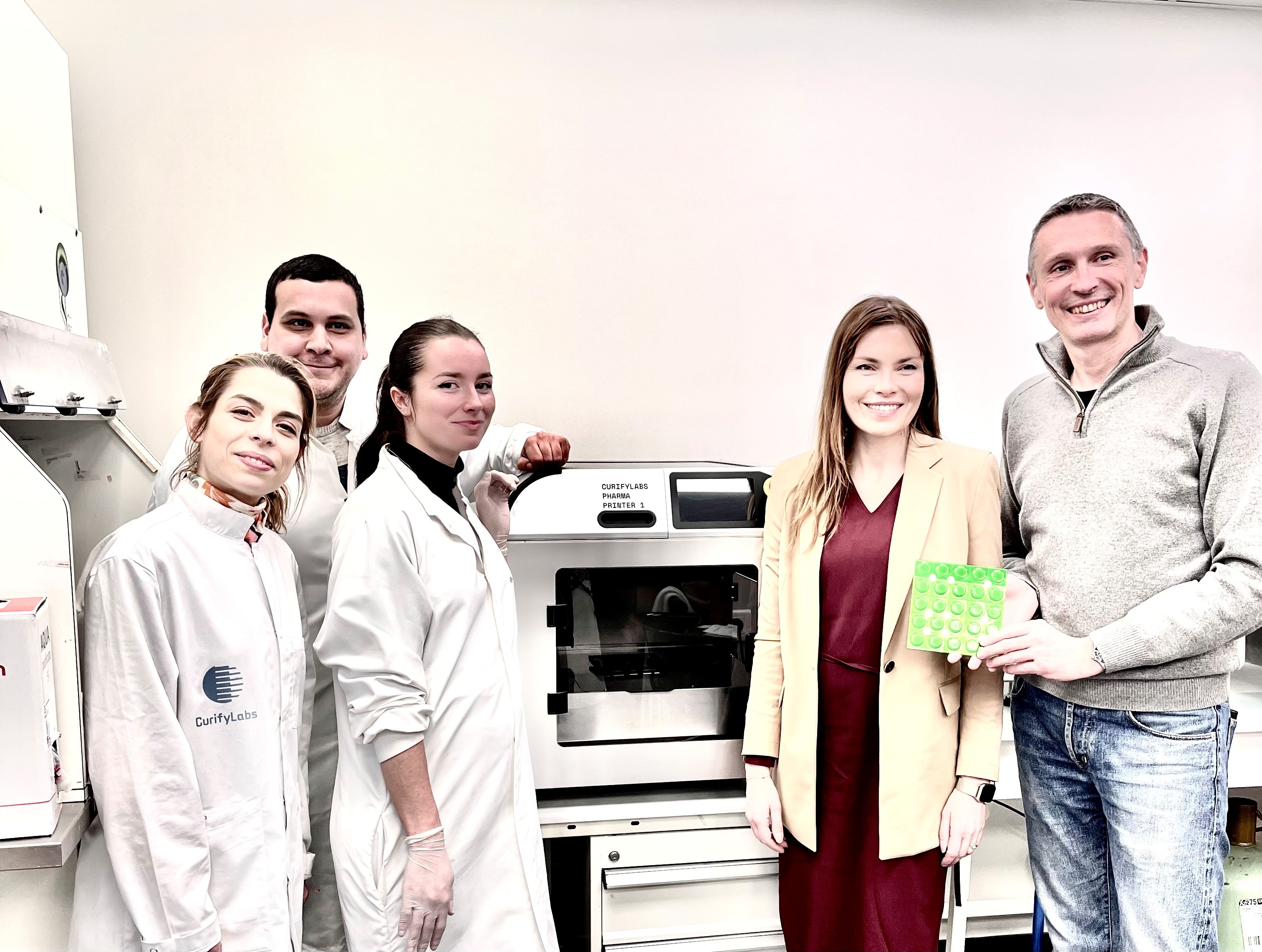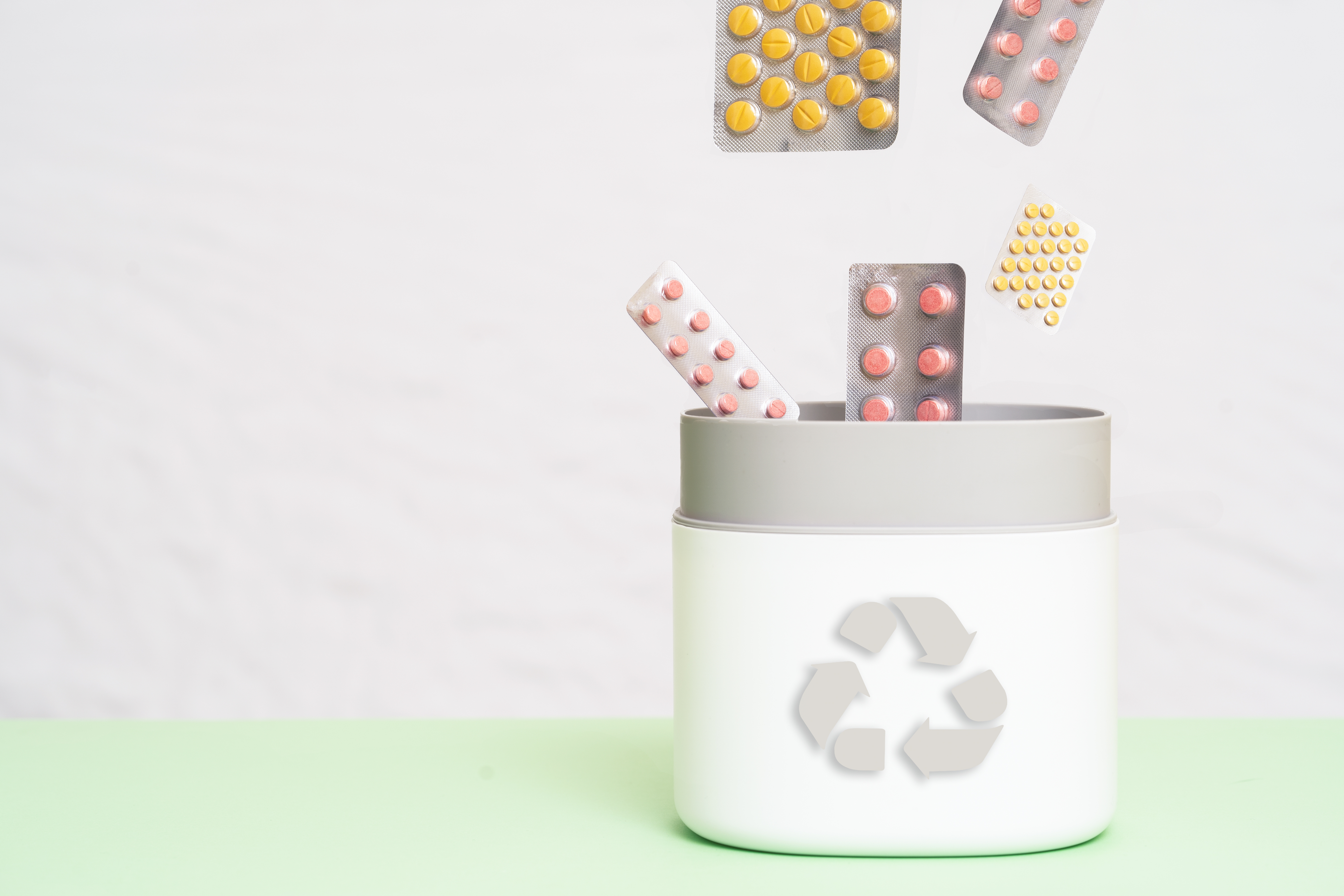Why do we need quality assurance for pharmacy compounding in the future?
Approved drugs are made and tested in accordance with good manufacturing practice regulations (GMPs), which are federal statutes that govern the production and testing of pharmaceutical products. In contrast, compounded drugs are exempt from GMPs, and testing to assess product quality is inconsistent. Unlike approved drugs, pharmacy-compounded products are not clinically evaluated for safety or efficacy. In addition, compounded preparations do not have standard product labeling or prescribing information with instructions for safe use. Compounding pharmacies are not required to report adverse events to the regulator, which is mandatory for manufacturers of regulated medications. Some pharmacies engage in activities that extend beyond the boundaries of traditional pharmacy compounding, such as large-scale production of compounded medications without individual patient prescriptions, compounding drugs that have not been approved for use, creating copies of approved drugs. Compounding drugs in the absence of GMPs increases the potential for preparation errors. When compounding is performed on a large scale, such errors may adversely affect many patients. Published reports of independent testing by for an example the FDA, state agencies, and others consistently show that compounded drugs fail to meet specifications at a considerably higher rate than FDA-approved drugs. (Gudeman, Jozwiakowski, Chollet, Randell, 2013)
Quality Issues with Compounded Medications
Reference: doi: 10.1007/s40268-013-0005-9






